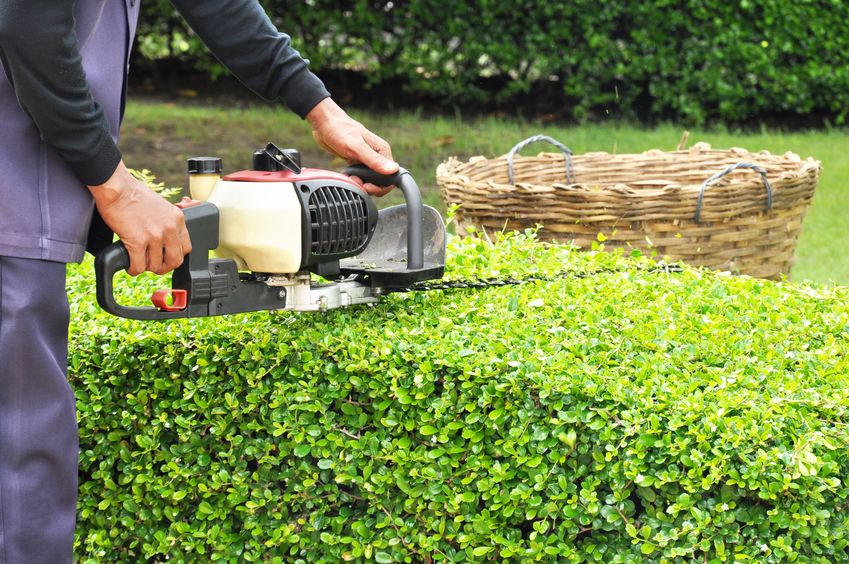Neighborly Etiquette When Maintaining Your Property

Recently when catching up with a friend, she relayed a story about a neighbor who dumped lawn trimmings on another neighbor’s lawn for reasons unknown, and because the person offended didn’t confront the offender, resentment builds and assumptions run rampant. My friend was at a loss to help. Her story inspires this article.
In order to have good neighbors, we must also be good neighbors. And this applies in many ways. Keeping the appearance of your neighborhood in line with agreeable standards is an expectation of neighborly etiquette. And so is good communication.
Neighborly Cooperation
Whether in an urban or suburban neighborhood, we tend to live in close proximity to other people. This fact alone indicates that cooperation is key for a sense of community in which a peaceful and pleasant lifestyle can be lived.
One of the key elements of being etiquette-ful in every aspect of getting along with others is asking yourself, “What is it like to be on the other side of me?” Therefore, a key element of neighborly etiquette is taking your neighbor’s perspective and considering what it might be like to live next to you.
Some things to consider when it comes to gardening, yard maintenance, and outdoor design that may affect your neighbors are:
- If you are planning to plant a tree, consider the closeness to your neighbor’s property. Will the tree’s root system impede? Will the tree’s branches eventually arch into the neighbor’s yard?
- Do you use chemicals on your lawn that may be harmful to children, pets, birds, and other yard environments? It’s important to remember that though you are using chemicals only in your yard, wind and rain will spread them to neighboring properties.
- Planting shrubs as property dividers is visually appealing. But if you are footing the cost, you also are in charge of trimming. If you and your neighbor decide to foot the bill together, how will the type of plants, costs and maintenance tasks be decided?
- Is a current living tree on your property causing problems in your neighbor’s yard? Offer to have the branches extending into his yard trimmed. If fruit dropping is a concern, ask if you can arrange to have it cleared away, as well as other debris. If your tree is bothersome in the raking season, offer to help or pay for cleanup.
- Avoid planting invasive species that might take over your garden and the neighbor’s, too. Consult local garden shops and look for eco-friendly plants that create bird- and bee-friendly environments.
- Sometimes the parking areas of yards run together. You may volunteer to mow the neighbor’s portion as an even look will be appreciated by all neighbors.
Each of the above concerns has the potential to cause disagreement with your neighbors. The best way to avoid an unfortunate situation is to always maintain a spirit of cooperation, good communication, and respect for the community in which you live.
An Attitude of Neighborly Etiquette
When you think of yourself as a neighbor, you most likely think about how you would like to be treated as a neighbor. Doing unto your neighbor as you would want done unto you can be a guiding principle for attitude and action.
Most neighborhoods and subdivisions have guidelines for property maintenance, so being aware of these can also help in your property design decisions. Before choosing a landscape design that will stand out or may be considered an eyesore by your neighbors, talk to them and make an effort to gain their cooperation.
Whenever an issue arises, be willing to negotiate, compromise, and accept minor differences of opinion. After all, living near your neighbors means you practically have to live with them. Getting along with them will serve you well.
A test of living together in society is being a good neighbor. Practicing neighborly etiquette brings friendliness and good cheer to your neighborhood. And the face of your yard is a visible area where cooperation is noted.














